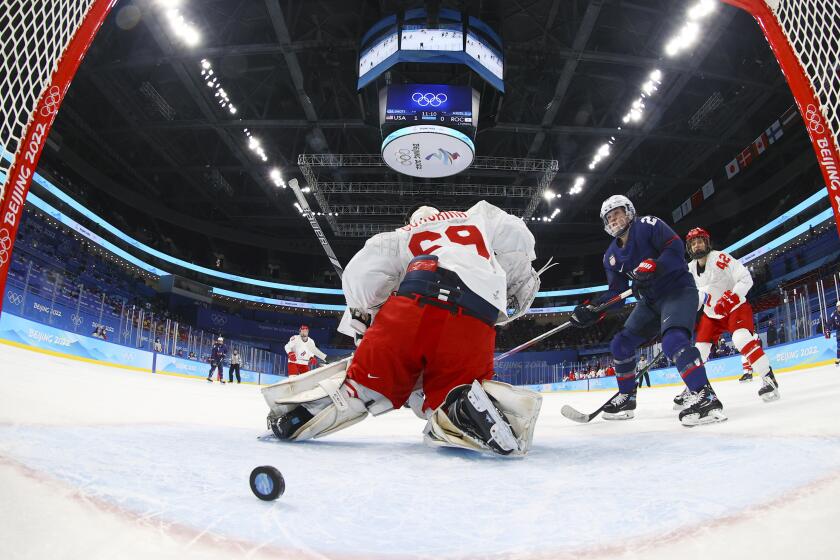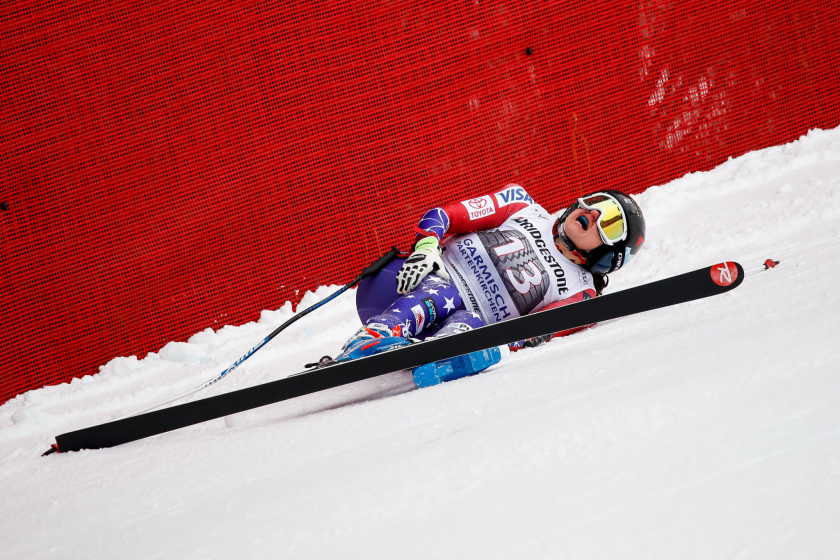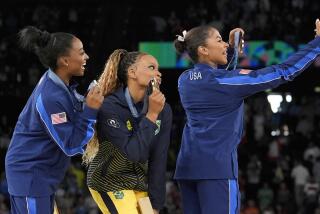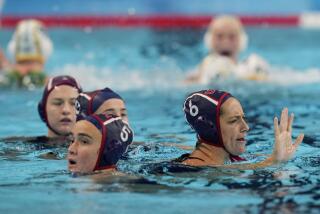Column: Disparity in women’s hockey continues to drag down the sport
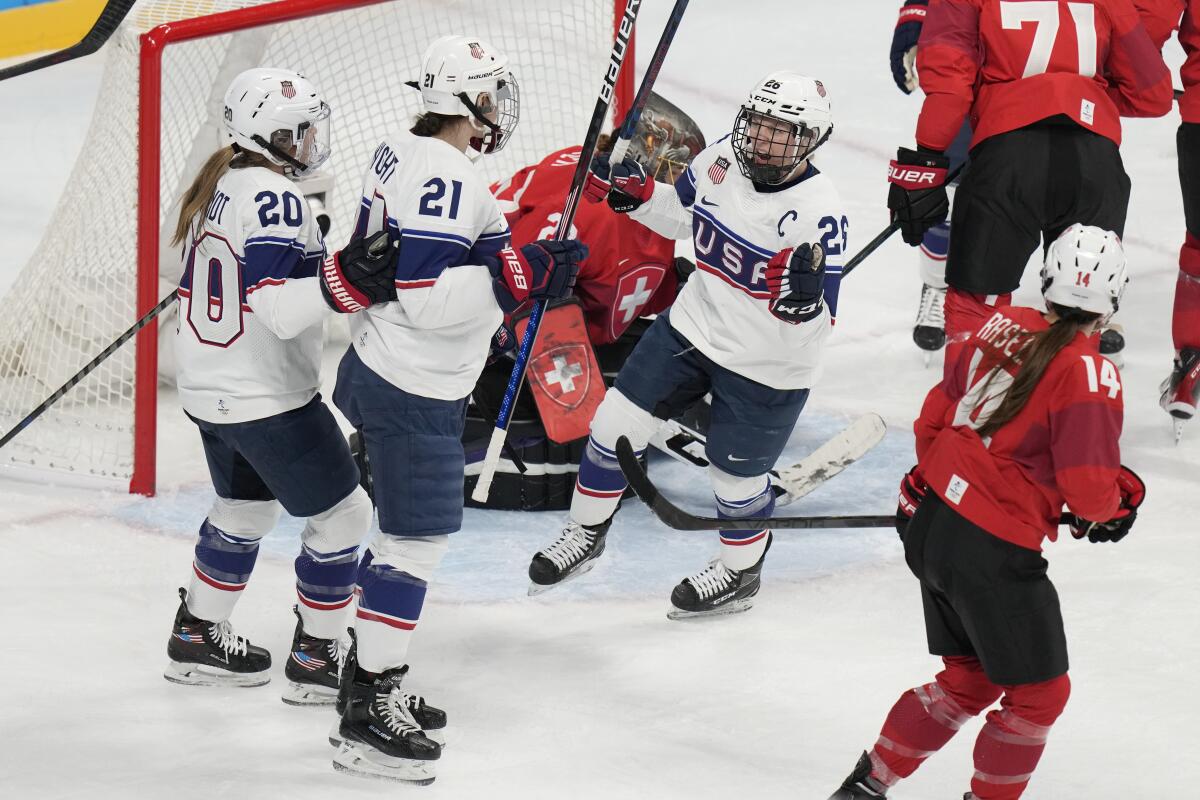
BEIJING — Brianne Jenner was too polite to gloat after she contributed a hat trick to Canada’s second straight double-digit scoring spree and blowout victory in the women’s Olympic hockey tournament.
“Not every game is going to look like this,” Jenner said after Canada followed its tournament-opening 12-1 victory over Switzerland with an 11-1 rout of Finland.
The problem for women’s hockey is that too many games involving the U.S. or Canada do look exactly like that, affirming that an enormous talent gap still separates the two North American teams from the rest of the world.
The U.S. women emphasized that disparity Sunday by overwhelming Switzerland 8-0 at Wukesong Arena, fueled by two goals each from Hilary Knight, Kelly Pannek and Jesse Compher. The U.S. (3-0) has scored 18 goals and allowed two with one game left in preliminary-round play — a matchup against Canada on Tuesday.
The U.S. and Canada have monopolized all 20 women’s world championships since the first women’s world tournament was held in 1990. The first eight produced identical results: Canada won, followed by the U.S. and Finland.
That didn’t change until 2005, when the Americans won, Canada slipped to second and Sweden earned a bronze medal. Switzerland (bronze in 2012) and Russia (bronze in 2016) are the only other women’s teams to have cracked the top three. The tournament was expanded to 10 in 2021, partly to give up-and-coming teams a chance to experience high-level international play. In that tournament, Switzerland scored one goal and gave up 17 in losing all four of its games and Denmark, also winless, scored three goals and gave up 15.
The U.S. women’s hockey team has the smarts to beat the Russian Olympic Committee team 5-0. The loss of Brianna Decker is mitigated by exceptional depth.
In Olympic play either the U.S. or Canada has won the gold medal since women’s hockey was added to the program in 1998. The Americans won the first gold medal and the most recent, at Pyeongchang in 2018. Sweden won a surprising silver medal in 2006 but hasn’t been able to replicate that success. Switzerland, a bronze medalist in 2014, is 0-3 here after scoring three goals and allowing 25. The Beijing Olympics tournament also was expanded to 10 teams from eight.
All of which means that the U.S. and Canada are a lock to meet again in the final. “I don’t think so,” Knight said earlier this week.
Say, what?
“Everyone’s good at this tournament,” she said. “It’s wonderful because I think it’s a testament to the growth of women’s hockey. I think that’s why we saw the world championships have more teams in the tournament, and it’s wonderful to see the girls on the world stage. Obviously as a competitor, when I’m wearing the U.S. jersey, I want to win every single game and don’t want to give any other team credit but when I take that hat off, it’s wonderful to see.”
Each bit of progress requires patience and, often, a fight. The U.S. women had to threaten to boycott the 2017 world championships to get USA Hockey — the sport’s national governing body — to give them better pay and promises that it would more energetically promote the women’s game and expand its efforts at the youth level. Sweden’s women’s team went on strike in 2019 to protest its poor pay, lack of insurance and inadequate training conditions.
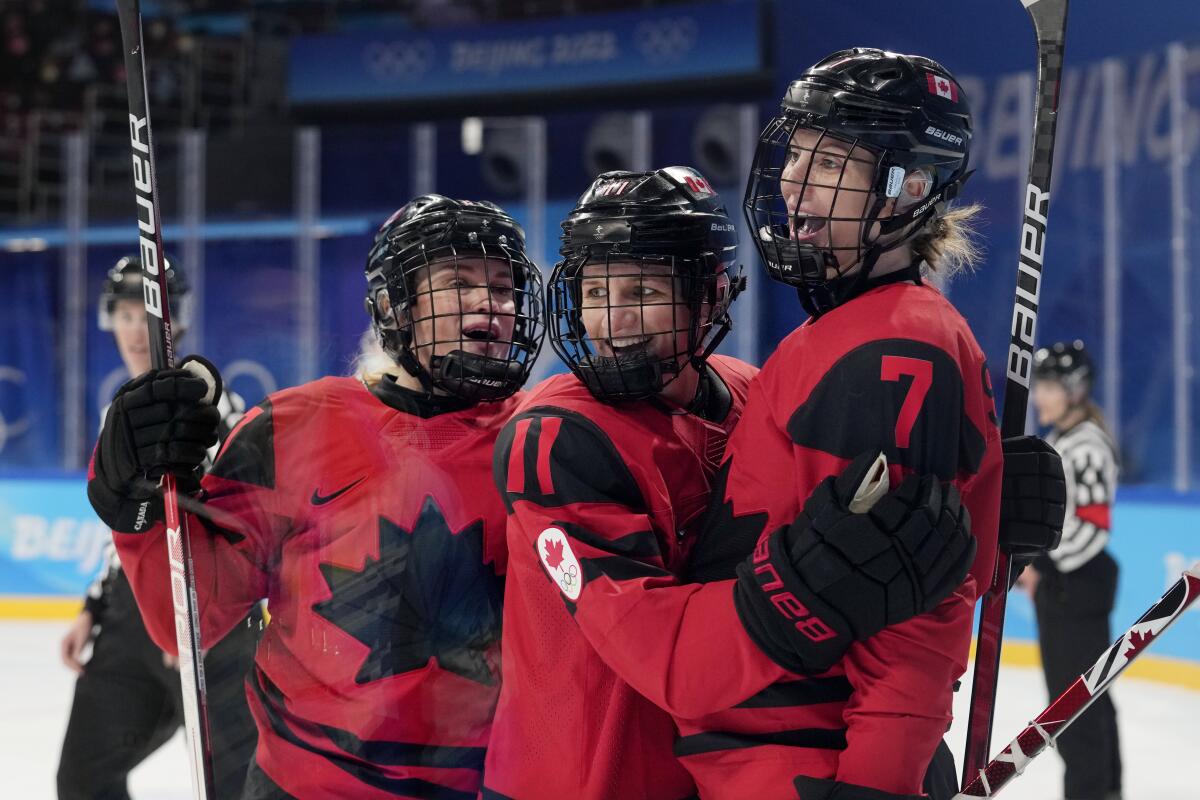
Old, stale cultural bias against female athletes also holds back women’s gains in funding, resources and visibility. It’s telling that the women’s under-18 world championships, a key developmental tournament, was canceled each of the last two years but organizers managed to stage the 2021 men’s under-18 tournament in a bubble in Frisco, Texas. The women’s tournament could have been held too.
The U.S. college system has enabled female players from outside North America to hone their skills and take them back home, producing stars such as goaltender Noora Raty of Finland and the University of Minnesota. But that hasn’t produced the kind of depth that would make those teams competitive against Canada and the U.S. Still, U.S. women’s Olympic coach Joel Johnson contended the blowouts in Beijing don’t reflect the state of women’s hockey.
“I think the scores are a little bit deceiving to start the tournament and I say that very confidently, having as much experience as I have coaching at the under-18 level and under-22 level and national team level,” he said. “I think what I see is a growth and development of women’s hockey and the global pandemic has maybe stalled it a touch, just like it has on the men’s side.
“I think the more resources and the more visibility that women’s hockey gets at the youngest levels, in particular for the grass-roots federations to put money and support into their programs, you’re just going to see it continue. I think we’re just in a little bit of a pause right now for a variety of factors, but I think in the coming days if we continue to support women’s hockey and give it visibility and give it marketing and give it resources, you’re going to see a pretty significant jump in terms of the competitive balance.”
Olympic skiers must endure falls and crashes, often leaving them with gruesome and painful injuries. But in their minds, the reward is worth the risk.
That’s likely to take a while. “I want more money and more eyes on the sport,” Knight said. “In the sport. We need more money, we need more marketing, we need more visibility, more storytelling. Programming as well, and resources.
“The game’s getting a lot faster and that’s only because we now have more opportunities to train. And especially from the grass roots level all the way up it’s really important to invest in women’s hockey and see other countries doing it as well.”
Until those investments are made and pay off, there will be more of those painful 12-1 and 8-0 routs. Don’t blame the U.S. and Canada for being so good. Blame national governing bodies and the International Ice Hockey Federation for not making the necessary efforts to help the rest of the world catch up.
More to Read
Go beyond the scoreboard
Get the latest on L.A.'s teams in the daily Sports Report newsletter.
You may occasionally receive promotional content from the Los Angeles Times.

